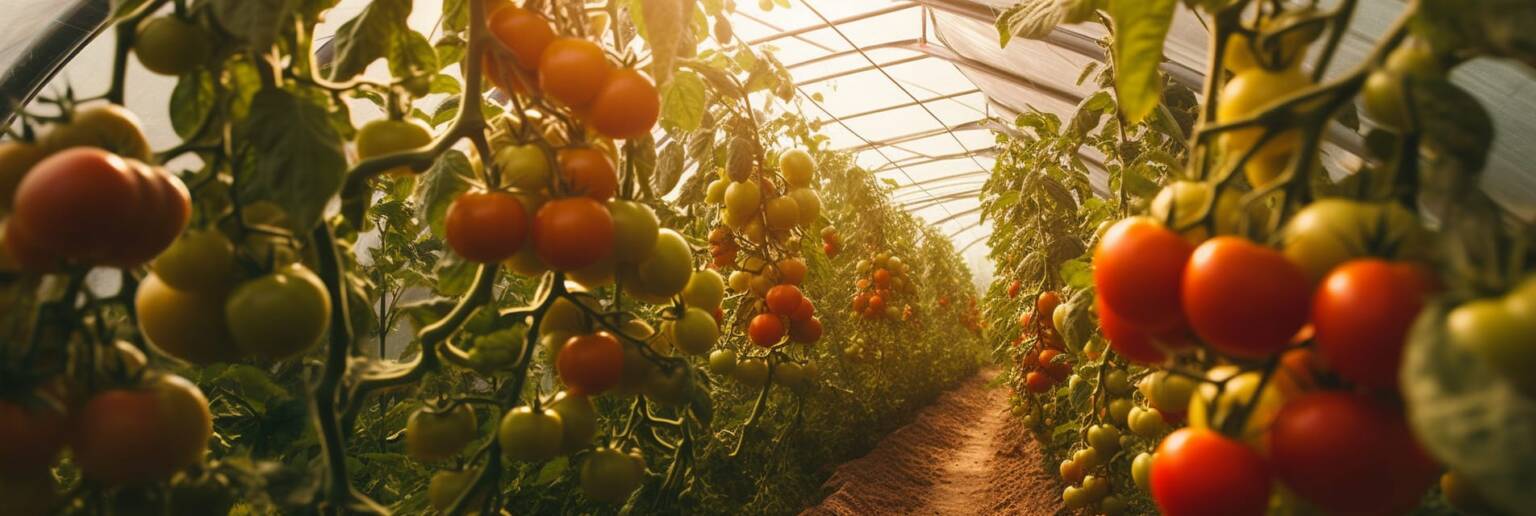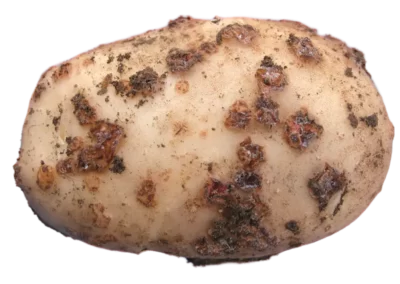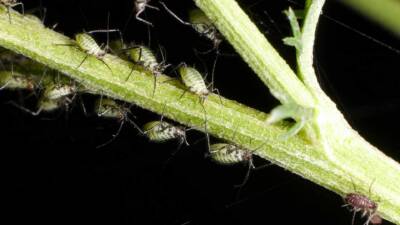Pyroligneous acid (PA) is a natural liquid derived from the condensation of smoke during biochar production. This reddish-brown liquid contains bioactive compounds that can be utilized in agriculture to enhance plant productivity and improve the quality of edible crops. In a recent study conducted by Ofoe et al. (2022), the effects of PA on greenhouse tomato plants were investigated, revealing some findings that can benefit vegetable growers.
PA serves as a biostimulant for plants due to its bioactive properties. The study revealed that low concentrations of PA, specifically 0.25% and 0.5%, proved to be highly effective in enhancing plant growth and increasing fruit yield. However, higher concentrations, such as 2% PA, led to reduced plant growth and yield, although they did improve fruit quality and antioxidant content.
The researchers applied PA as a foliar spray to tomato plants at various concentrations: 0%, 0.25%, 0.5%, 1%, and 2% PA mixed with ddH2O (v/v). Among these concentrations, the 0.5% PA treatment showcased superior performance in almost all aspects.
Throughout the growing season, the application of PA was done three times at specific stages: the vegetative stage (10 weeks), the flowering stage (14 weeks), and the fruiting stage (18 weeks). Each application involved spraying approximately 100 mL (around 3 oz.) of the PA solution per plant. It is worth noting that the control plants received only distilled water as a foliar spray.
The application of 0.5% PA yielded impressive results. While the average weight per fruit was not significantly different from the control, with an average weight of 54.6 g, the total number of fruits increased by approximately 65.6%, while the total weight of fruits increased by approximately 25.5% compared to the control.
Specific changes that the plants experienced with the 0.5% PA treatment:
- Sub-stomatal CO2 concentration: Increased by approximately 18% compared to the control.
- Leaf transpiration rate and stomatal conductance: Not significantly different from the control.
- Plant height: Increased by approximately 9% compared to the control.
- Stem diameter: Increased by approximately 12% compared to the control.
- Leaf area: Increased by approximately 13% compared to the control.
- Total number of fruits: Increased by approximately 66% compared to the control.
- Total weight of fruits: Increased by approximately 26% compared to the control.
- Average weight per fruit: Not significantly different from the control.
- Carotenoid content: Increased by approximately 17% compared to the control.
- Total ascorbate content: Increased by approximately 14% compared to the control.
- Peroxidase activity: Decreased by approximately 16% compared to the control.
- Fruit juice Brix, electrical conductivity, total dissolved solids, and titratable acidity: Not significantly different from the control.
- Total phenolic content, total flavonoid content, and antioxidant activity: Not significantly different from the control.
These findings demonstrate the potential of pyroligneous acid (PA) as a valuable tool for boosting tomato production and improving the nutritional quality of the fruits. Incorporating PA can help achieve higher yields, healthier plants, and superior-quality tomatoes.
When using PA as a foliar spray, it is essential to ensure thorough coverage of the tomato plants, including the leaves, stems, and fruit clusters. This will maximize the absorption of PA and its beneficial effects on plant growth and fruit development.
In addition to its impact on plant growth and yield, PA also enhances the nutritional quality of tomatoes. The study revealed increases in carotenoid content, ascorbate content, and antioxidant activity in the fruits treated with PA. These compounds are essential for human health and contribute to the nutritional value of tomatoes.
To summarize, incorporating pyroligneous acid (PA) into tomato cultivation practices can have significant benefits. By using low concentrations of PA, such as 0.25% or 0.5%, as a foliar spray, you can enhance plant growth, increase fruit yield, and improve the nutritional quality of tomatoes.
Take away:
Use a 0.5% concentration of pyroligneous acid (PA) in water.
Foliar apply at week 10, week 14, and week 18 to all surfaces of tomato plants.
For a potential gain of greater than 25% yield by weight.
Our farm is currently doing a small trial using PA on our 2023 crop, but we currently have no direct experience with it, and the above is strictly based on the information in the linked study below.
Citations:





